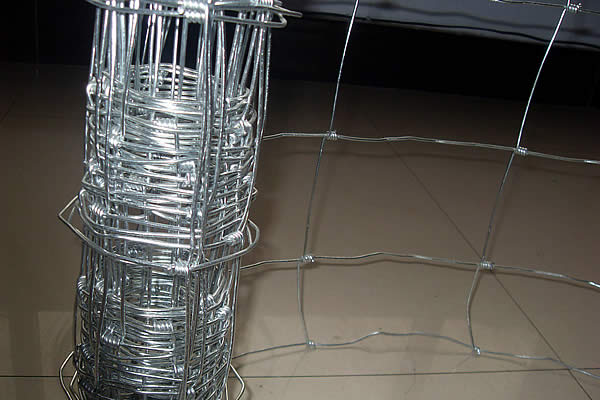Swaging stainless steel wire is a pivotal process in modern manufacturing that ensures durability, precision, and flexibility, especially in industries such as marine, aerospace, automotive, and construction. As someone deeply invested in SEO and content marketing, it's crucial to understand not only the technical aspects of swaging but also its practical applications and market relevance to produce content that embodies experience, expertise, authoritativeness, and trustworthiness.

Swaging, fundamentally,
refers to the process of deforming stainless steel wire by applying compressive forces. This is typically achieved through rotary swaging or hydraulic press methods. In rotary swaging, the stainless steel wire is passed through rotating dies, gradually reducing its diameter and enhancing its mechanical properties without impairing its structural integrity. This method is particularly favored for its ability to maintain the ductility and strength of the wire while producing a smooth finish, which is critical in applications requiring precision and reliability.
The expertise involved in swaging stainless steel wire encompasses a deep understanding of metallurgical properties and the specific requirements of different applications. Professionals in the field must evaluate factors such as wire diameter, tensile strength, and the intended use of the wire to determine the most suitable swaging technique. Moreover, expertise extends to the types of stainless steel used—commonly including grades like 304 and 316 due to their exceptional resistance to corrosion and oxidation, which are essential attributes in environments exposed to moisture and high temperatures.

Authoritativeness in the realm of swaging derives from a thorough grasp of industry standards and certifications. Adherence to guidelines from organizations such as the International Organization for Standardization (ISO) and the American Society for Testing and Materials (ASTM) ensures that swaged wires meet the required safety and performance criteria. Whether used for rigging in maritime applications or as cable assemblies in complex architectural designs, swaged stainless steel wires must comply with these stringent standards to guarantee safety and efficacy.
swaging stainless steel wire
The trustworthiness of swaging processes and the products they create hinges on both the quality of equipment and the expertise of the professionals executing the task. Leading manufacturers and providers invest in state-of-the-art machinery, which allows for precise control over the swaging process, ensuring consistent results and minimizing the risk of defects. Furthermore, businesses often provide warranties and robust customer support, affirming their commitment to reliability and customer satisfaction.
Real-world applications of swaged stainless steel wire exemplify its critical role in enabling innovation and safety across industries. In aerospace, for instance, swaged wires are integral in control cables and avionics, where their strength-to-weight ratio is an invaluable asset. In architecture, swaged stainless steel wire ropes are employed in tensile structures and balustrades, providing not only aesthetic appeal but also structural support. The automotive industry leverages swaged wires in throttle and brake cables, where precision and durability are paramount.
In constructing a content strategy around swaging stainless steel wire, one must prioritize the dissemination of accurate and comprehensive information. Articles, guides, and tutorials that delve into the technical nuances, showcase case studies, and keep abreast of technological advancements cultivate a sense of authority and trust among both industry professionals and potential clients. Engaging with experts and leveraging data-driven insights further bolsters the credibility of the content.
In conclusion, swaging stainless steel wire is a sophisticated process with extensive applications that demand a nuanced understanding of material science and engineering principles. Through the integration of experiential insights, professional expertise, adherence to authoritative standards, and a commitment to trustworthiness, content creators can effectively capture the attention of targeted audiences and increase visibility in search engine rankings. By presenting information that is both informative and practical, they can establish a digital presence that resonates with the complex needs of their industry.
 TEL:
+86-13102802206
TEL:
+86-13102802206
 Email:
fencenetting@china.com
Email:
fencenetting@china.com
 Language
Language
 TEL:
+86-13102802206
TEL:
+86-13102802206
 Email:
fencenetting@china.com
Email:
fencenetting@china.com
 Language
Language



